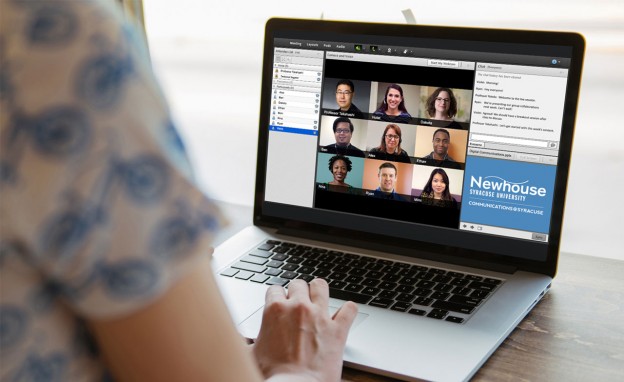
Click the logo for a full listing of series posts. (Image courtesy of Flickr user DeclanTM)
Digital tools can make journalism more powerful. They also can make you a more powerful teacher. Whether you’re looking for new tools to use in your classroom or you want to ensure your students have the skills they need to succeed when they graduate, digital tools can help.
At Poynter’s News University, we’ve been building a catalog of digital tools from Atavist to Zeega as part of our Digital Tools Project, a partnership of the American Press Institute and Poynter, funded by the John S. and James L. Knight Foundation. We’ve also created Webinar Tutorials for some of these tools, to talk you through the basics of getting started.
How can you put this to work for you?
Tools can make you a more efficient teacher. For example, Spundge lets you share articles and more with shared folders online. It’s a quick and easy way to make sure you get resources to your students.
Want to show students how to do something but don’t want to take up valuable class time? Create a screen recording that walks through the steps. Students can watch at their own pace on their own schedule. There are at least half a dozen great screen recording options for every desktop platform. Try some out to see which suits your needs. You can start with ScreenFlow, SnapZ, Camtasia, Screencast-O-Matic or Jing.
Looking for new ways to teach core values as well as digital tools? For example, you can create assignments about accuracy and verification with TinEye, a reverse image search your students can use to find out where an image was posted first or verify its source. (It’s a favorite of Craig Silverman, our colleague and author of the Regret the Error blog on Poynter.org.)
The best journalists (and educators and students) never stop learning, and we all need to build the habit of lifelong learning. Students already turn to online channels to learn everything from guitar chords to editing websites. They can learn how to solve problems and tell stories with digital tools, and they can learn how to teach their classmates at the same time.
For example, give students a problem and challenge them to solve it using any tool in our Digital Tools Catalog. Each student then gives a presentation about how useful the tool is and how it worked. So the students explore the tools, then teach everyone how to use a specific tool. Envision these options:
- Tableau Public, TimelineJS, SoundCiteJS and StoryMapJS are great ways to get started with interactive storytelling.
- Try Reddit Live for groups to collaboratively live blog ongoing events.
- Infogram will get students building infographics without coding or design knowledge.
- Use IFTTT to squeeze every last ounce of usefulness out of social media accounts.
- And there’s Videolicious to get started with video editing.
Want to learn more about shifting training from the classroom to online? Check out the Poynter NewsU Webinar, How to Flip Your Class: Best Practices for Educators, with Mark Johnson, senior lecturer of photojournalism at the University of Georgia’s Grady College of Journalism and Mass Communication. Use this code to watch the Webinar replay for free: 14EDTOOLS100.
While we have a gallery of more than 80 tools, we know there are hundreds (okay, thousands) more. Add your own recommendations in the catalog or tell curator Ren LaForme what you would like to see.
Vicki Krueger is the director of interactive learning at The Poynter Institute. She has spent more than 20 years as a copy editor at newspapers and other publications and is the author of Cleaning Your Copy.



